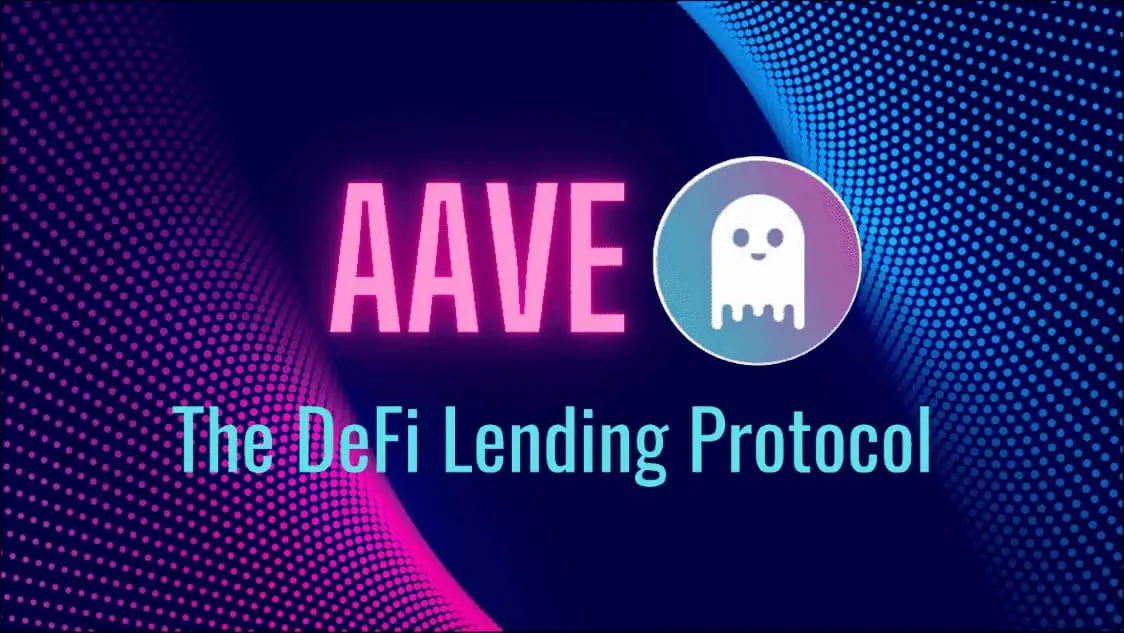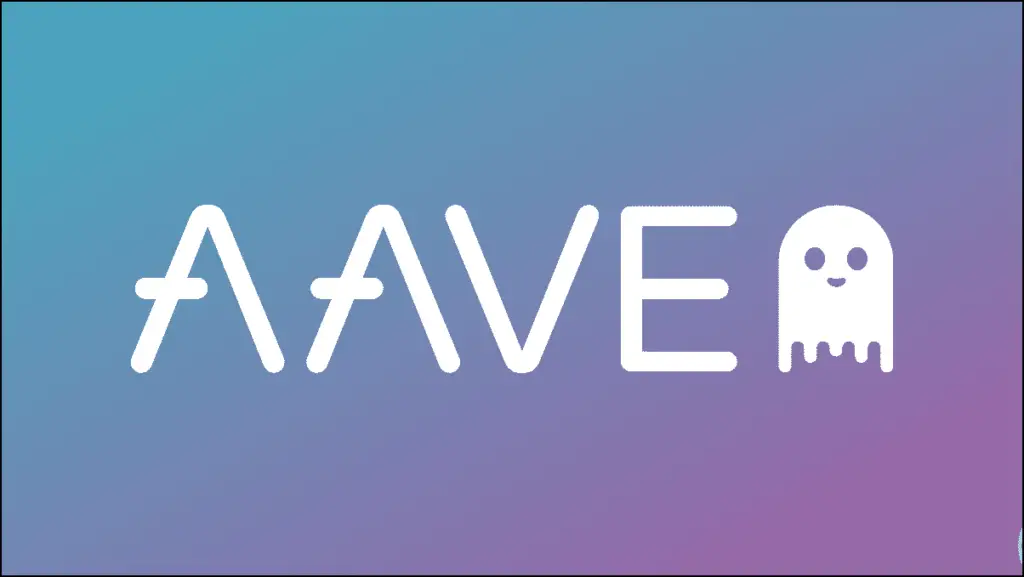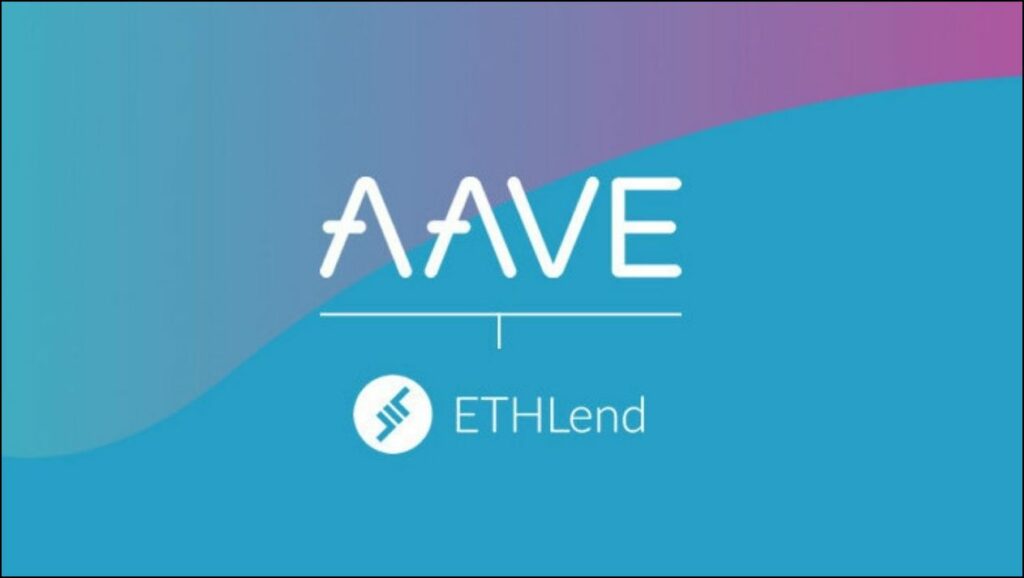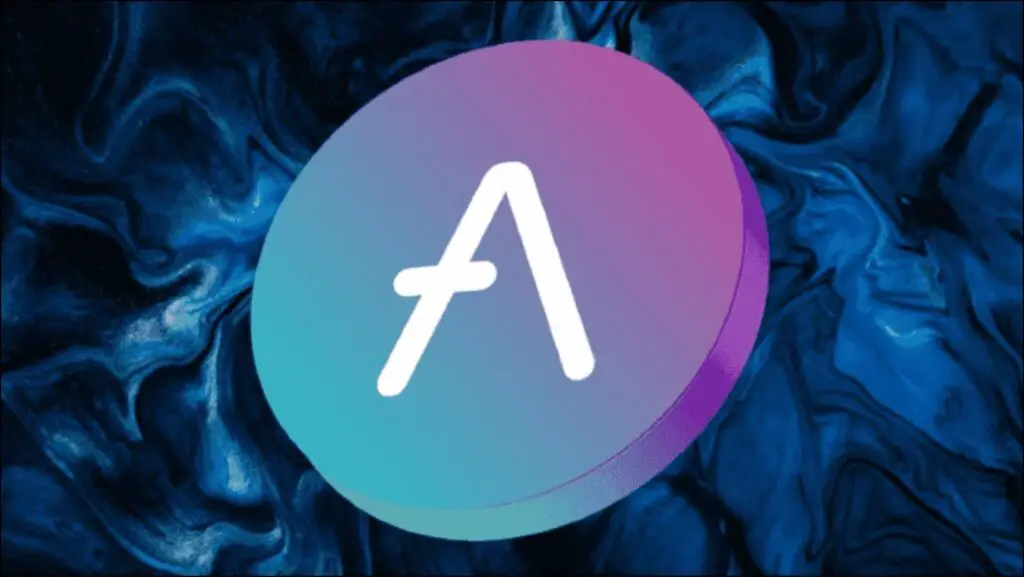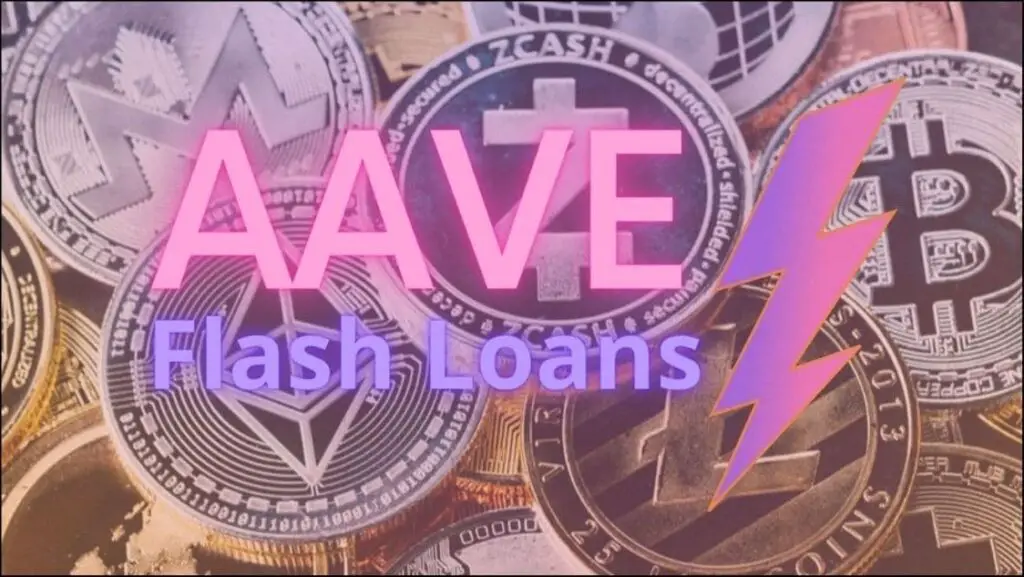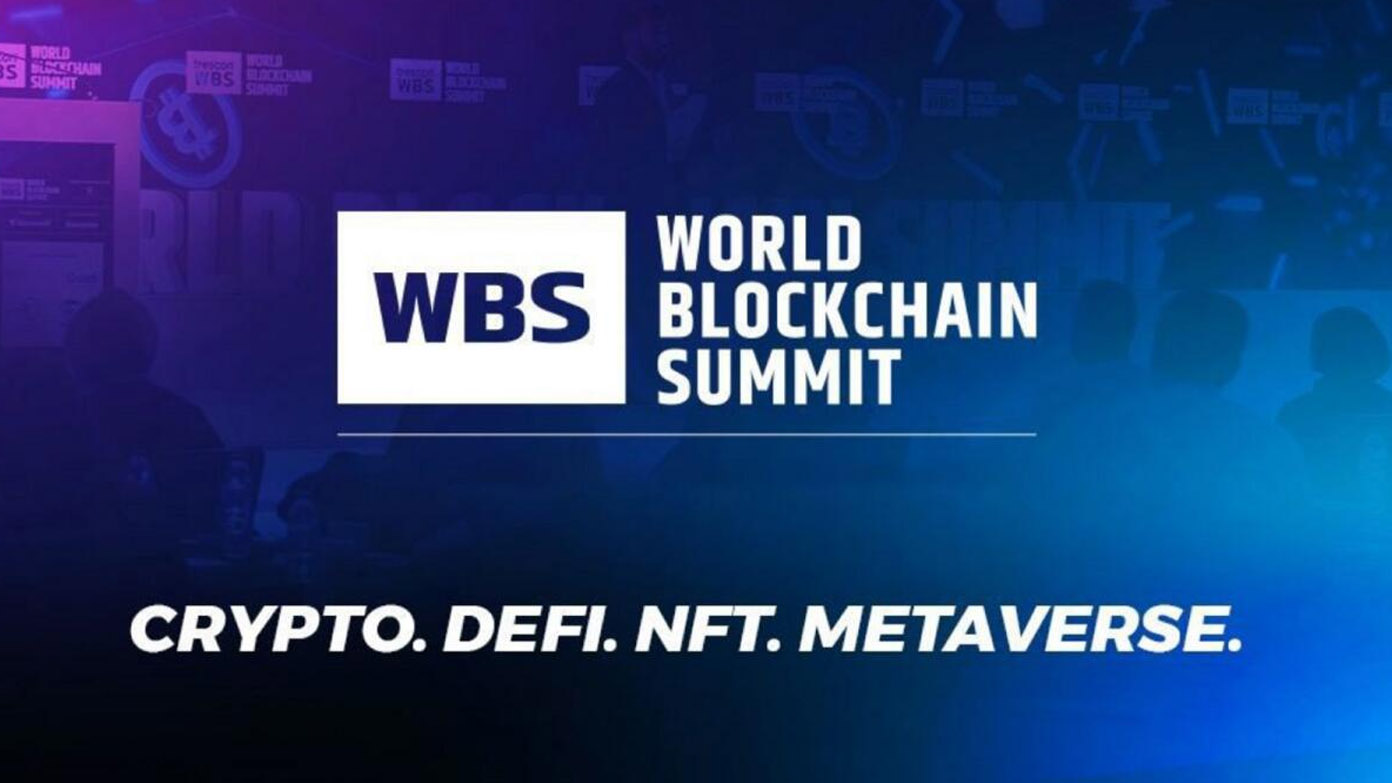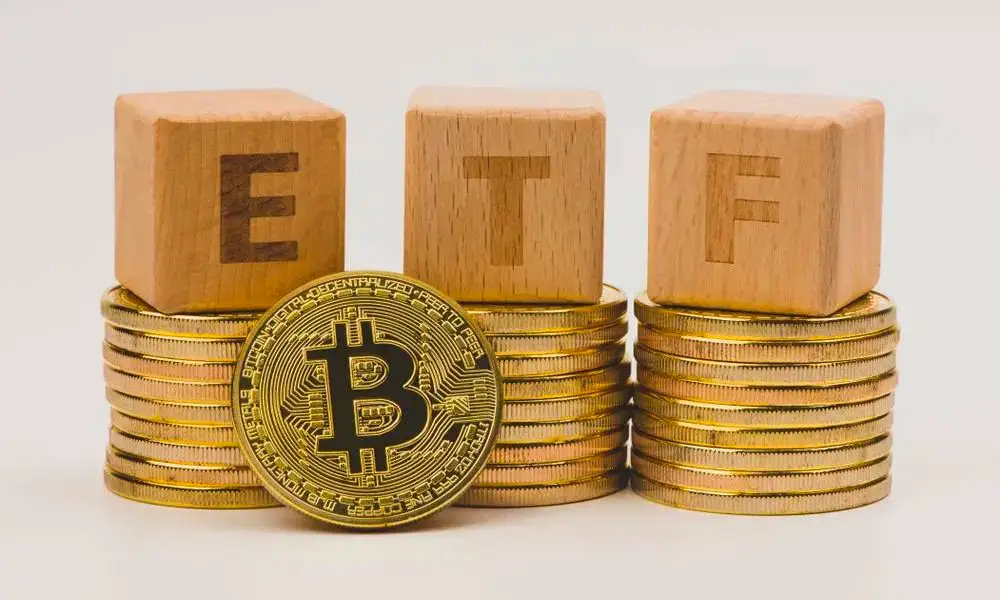Quick Answer
- It can also be staked or used to get a discount on gas fees as well as people who use the Aave token as collateral can borrow a little more crypto in return.
- So in 2018, it was renamed Aave and in January 2020, it was released on the Ethereum blockchain as a DeFi lending protocol.
- In Aave, you take the loan from other lenders instead of banks, but you still have to provide collateral, just like in traditional loans where you put your car or house title as collateral.
In recent years we have seen several Decentralized Finance or DeFi projects gain traction, and one of the most popular among them is the Aave DeFi protocol. It is a lending protocol where people can borrow crypto as loans with the help of smart contracts. In this article, we will look Aave, how the DeFi protocol works, and its tokens, and answer some of your FAQs related to the topic.
What is AAVE DeFi Protocol?
Aave is a lending protocol where people can borrow cryptocurrency in exchange for gas fees and interest. While others can lend their crypto assets to the liquidity pool of the protocol and earn interest. It is based on the Ethereum blockchain. It removes any centralized or third-party intermediaries from the process along with the need for KYC. You can use the Aave anonymously using Metamask or non-custodial wallets.
It uses smart contracts where lenders deposit their crypto assets in a pool, and users can borrow the amount they require from that pool. This makes the whole process almost instant. Aave also favors both the lenders and borrowers which is why it is preferred by a lot of crypto investors. Let us learn more about how Aave came to be and its origin.
Origin of AAVE
AAVE started as ETHLend. It was founded by Stani Kulechov in 2017 as a crypto lending platform that used a Pier-to-Pier system to match borrowers with lenders. This was not an automatic system and did not work due to a lack of liquidity. So in 2018, it was renamed Aave and in January 2020, it was released on the Ethereum blockchain as a DeFi lending protocol.
The word Aave means ghost in the Finnish language. This name somewhat represents the anonymous and decentralized nature of the protocol. Let us learn more about how lending and borrowing work in Aave.
How does AAVE work?
In Aave, you take the loan from other lenders instead of banks, but you still have to provide collateral, just like in traditional loans where you put your car or house title as collateral. But in a DeFi loan, you use other crypto assets you own as collateral. You can borrow up to 80% value of your cryptocurrency.
So, for example, if you put 100$ worth of ETH as collateral, then you can borrow 80$ worth of another crypto. This system of paying more collateral than the borrowed amount is called over-collateralization. This type of borrowing also allows for leveraged lending, which is a very high-risk position.
Over-collateralization is necessary due to the volatile nature of cryptocurrency. If your collateral asset’s value goes down, Aave can sell it and pay the lender. But if the value of your collateral asset increases, you can return the borrowed amount and any interest over it to get back your collateral which has now increased in value.
Tokenomics of AAVE
- Aave Token: Aave is the native token of the protocol. It is an ERC-20 token and is used as a governance token. Users who hold it can cast their vote on the changes to the platform. It can also be staked or used to get a discount on gas fees as well as people who use the Aave token as collateral can borrow a little more crypto in return. It was previously called LEND.
- aToken: People who deposit their crypto assets in Aave are called lenders. They provide liquidity for crypto and earn interest in real-time on their deposit. This interest is tokenized as Aave interest-bearing tokens or aTokens. The value of aToken is equal to the crypto asset. When a user decides to withdraw their tokens from Aave, these aTokens are converted back to the original asset.
FAQs
Q. What is Decentralized Finance?
Decentralized Finance or DeFi, is a model of digital finance based on blockchain technology that executes transactions with the help of smart contracts. DeFi eliminates any middlemen like Banks or brokers and helps connect a seller with the potential crypto buyer, saving extra brokerage costs.
Q. What are Flash Loans in Aave?
Flash loans allow you to borrow a large sum of cryptocurrency without any collateral. The only catch is that all the borrowed amount must be returned within the same block that it was borrowed in. So you must return the amount in about 13 seconds. If you fail to return the amount within the given time, all transactions made will be nullified, and the amount will go back to Aave.
Q. How do Aave interest rates work?
Interest rates are based on the supply and demand of the cryptocurrency. If there is plenty of liquidity and not enough demand, then the interest rates will be lower, and if there is a lot of demand but not enough liquidity, then the interest will be high.
Q. What is the Rate Switching in Aave?
Rate switching is another feature exclusive to Aave, which allows borrowers to switch to stable or fixed interest or variable or floating interest. This allows them to save money on their interest and get the best possible interest rates saving on overall borrowing costs.
Q. What is Aave Arc?
Aave Arc is an upcoming addition in AAVE v3. It will allow institutional investors to use the Aave protocol similarly to other users but on their own separate and private liquidity pool. Every user on this pool must be verified. It is set to launch to 30 financial institutions on the launch.
Wrapping Up
Aave is leading the charge of decentralized finance and continuously improving and adding more to its already amazing features. It is working toward gaming, finance, and other sectors, as well as partnering up with other DeFi platforms. It has also added Polygon support to help save money on gas fees and recently expressed its plans to create a DeFi alternative to Twitter. Aave is an exciting platform, but one must know the risks of borrowing crypto and loans. This is why we recommend you do your due diligence and research before on the topic.
